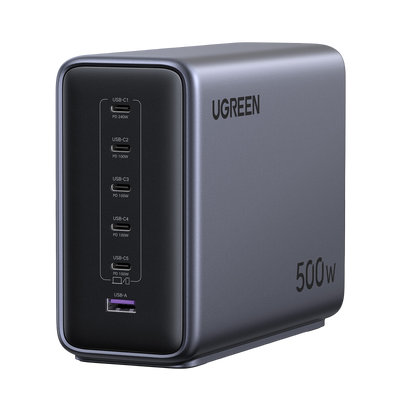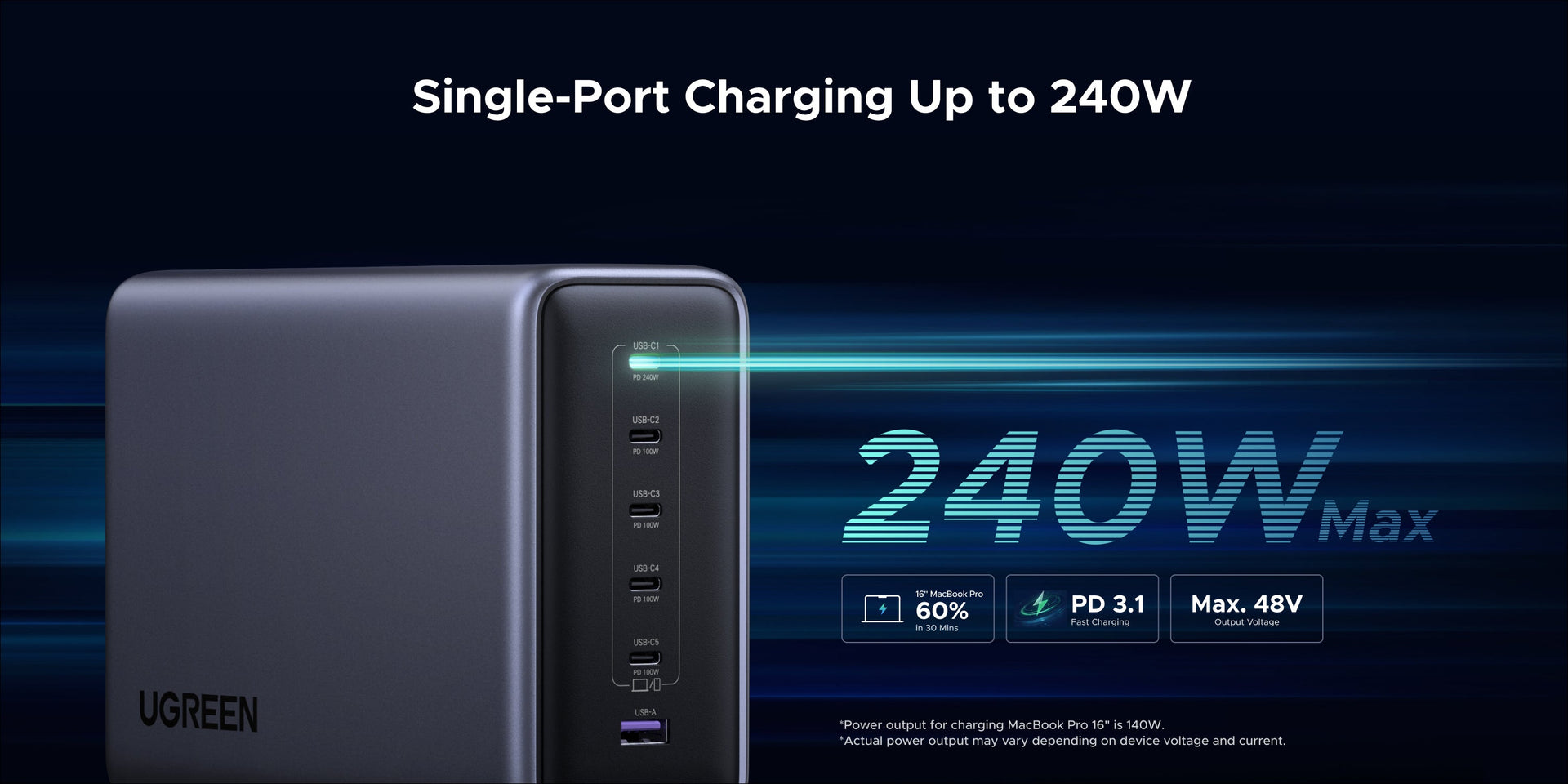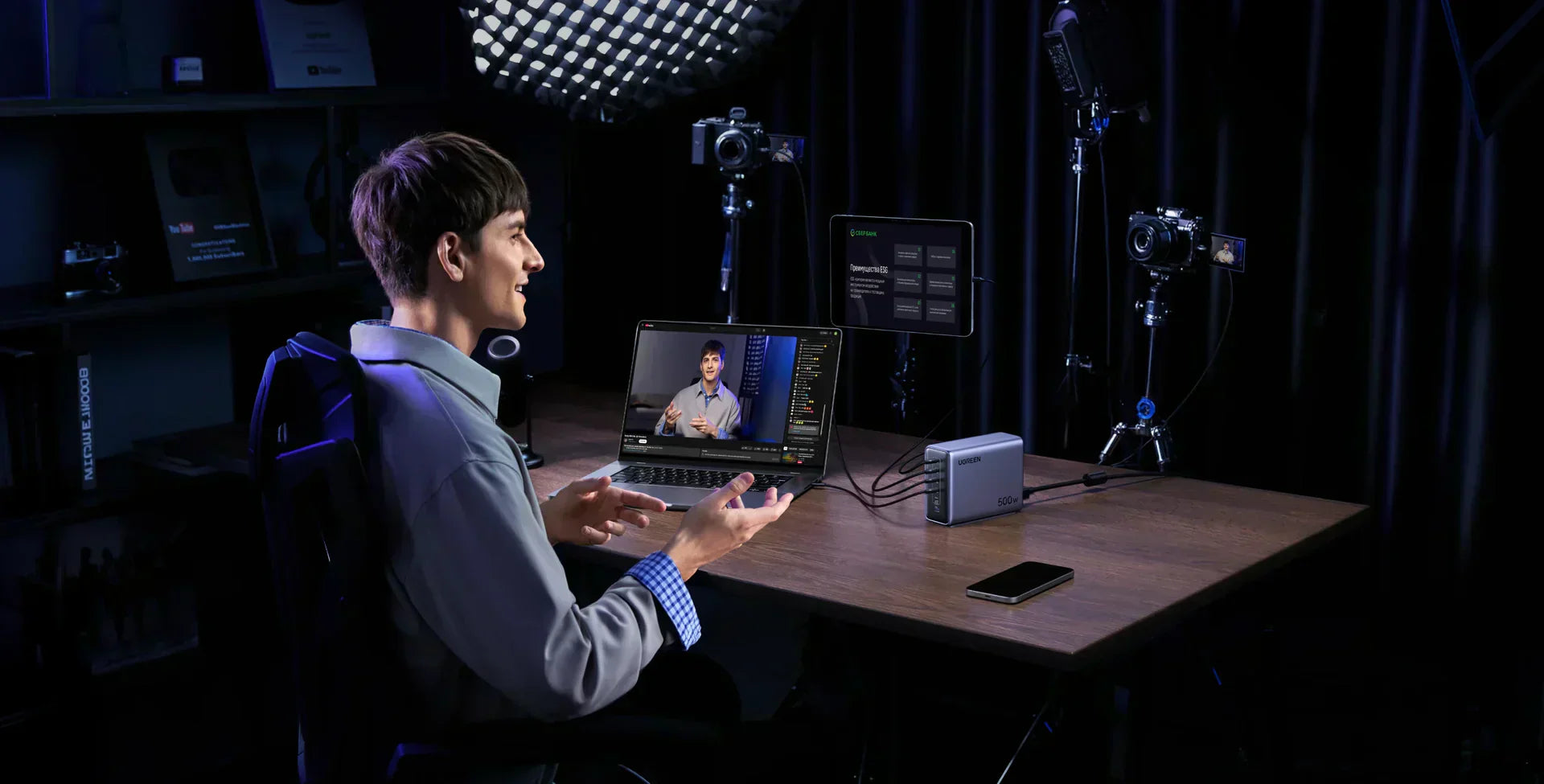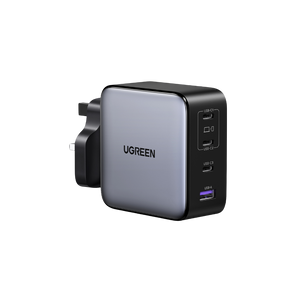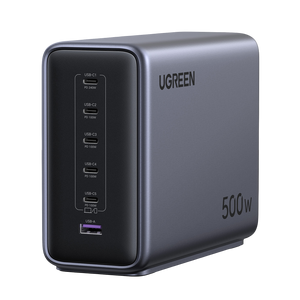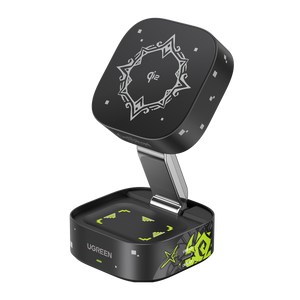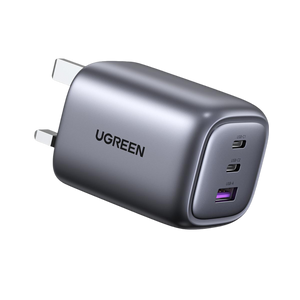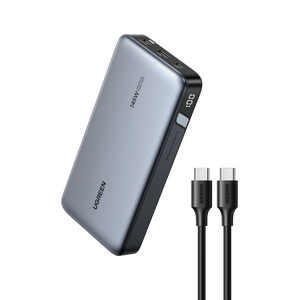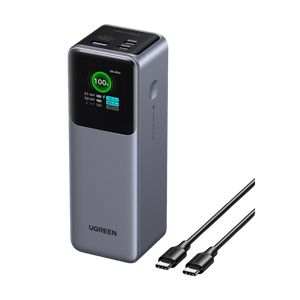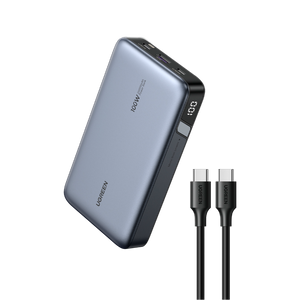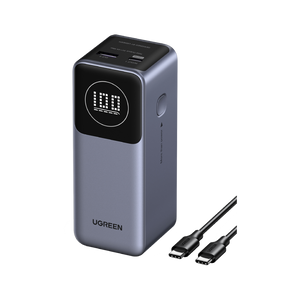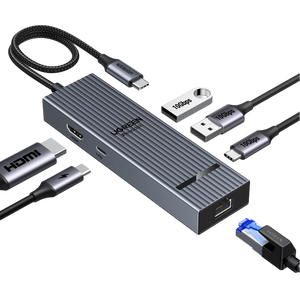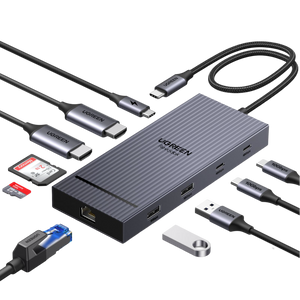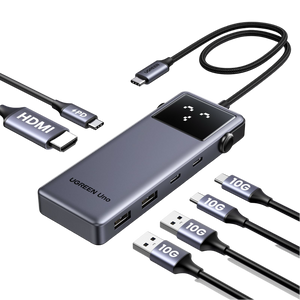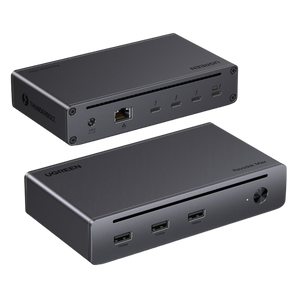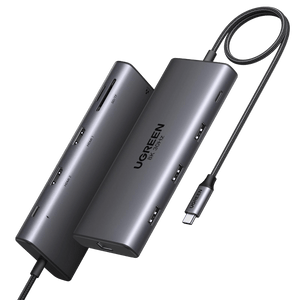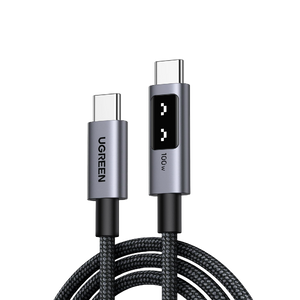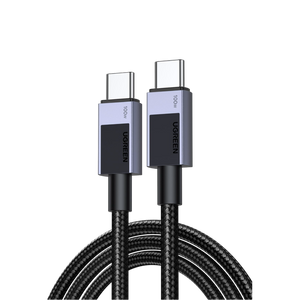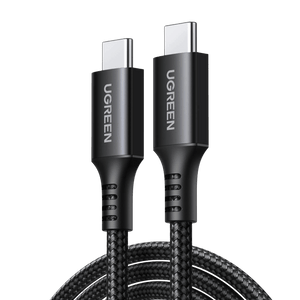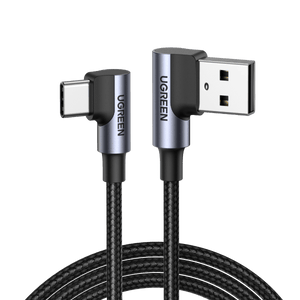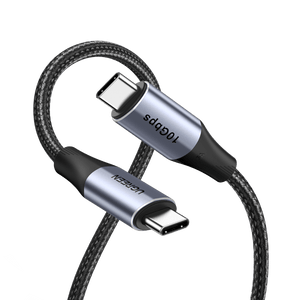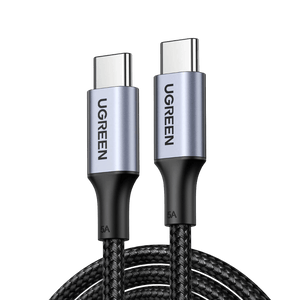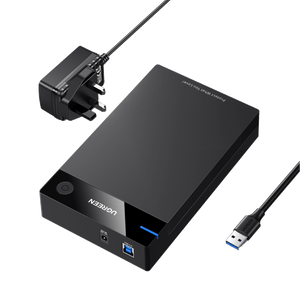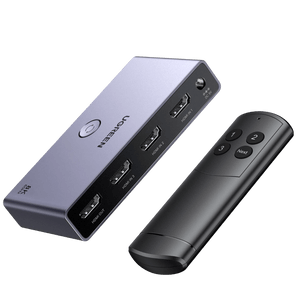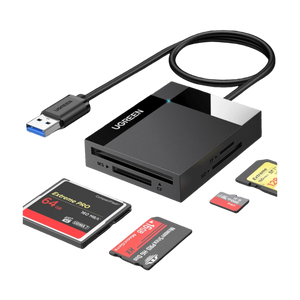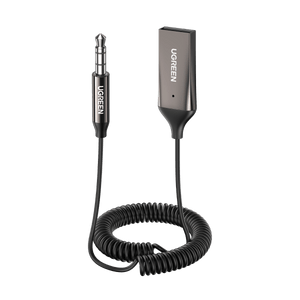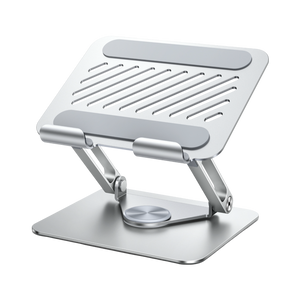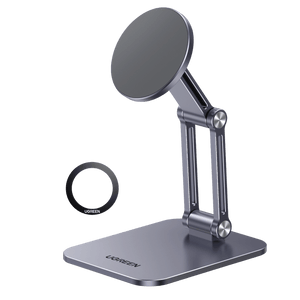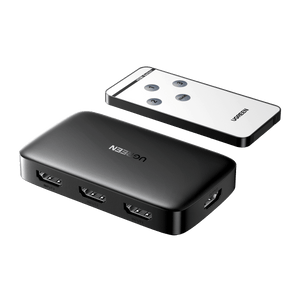Is Fast Charging Bad for Your Battery? Separating Fact from Fiction
Fast charging has become the standard rather than a luxury. Most smartphones these days support at least 20W charging and often higher, allowing you to charge from 0 to 100 % in just thirty minutes in some cases. While charging has improved significantly, so have user questions and misconceptions. Many users ask themselves: is fast charging bad for battery life? Or if the increased power generates heat that’s damaging to the battery or affects long-term performance. These are valid questions based on scientific principles. In this article, we’ll break down how fast charging actually works, separate fact from myth, and explain why your phone is built to handle the heat.

What is fast charging?
Fast charging is a method of providing your phone with more power in less time. It boosts wattage, so your battery fills up quicker. You can think of charging like filling a bucket: a regular charger is a garden hose; it is slow and steady. In contrast, fast charging can be compared to a pressure washer. It delivers energy to the battery at top speed, especially in the initial few minutes. This action cuts charging time by an astonishing amount.
Do you remember the first iPhone? It could only charge at a maximum of 5 watts. Charging it felt like watching paint dry. Nowadays, 15W is the bare minimum for fast charging. Apple recommends 20W or more. As for flagship Android devices, they are now playing in a different league. Models like the Xiaomi 13 Pro or Realme GT Neo 5 can reach charging speeds of 100W to 150W. This charging capability allows them to go from zero to 100 in roughly 20 minutes.
However, there is a twist when it comes to fast charging: it doesn’t provide maximum power from the moment you plug your phone. The charging process starts strong, delivering energy quickly from 0% to 50%. Once the battery is about 80%, the charging speed slows down. This process is called the charging curve, and it’s designed to reduce heat and increase battery life.
Behind the scenes, technologies like USB Power Delivery (PD), Qualcomm Quick Charge, and Oppo’s VOOC handle this balancing act. They tweak voltage and current up and down several hundred times per second to prevent overheating and battery stress. So, it’s not just fast, it’s also safe.
The Charging Curve: Why Fast Doesn’t Mean Reckless
Fast charging isn’t just about delivering power to your phone. It follows a charging curve, which is a strategic power delivery plan designed to protect your battery and keep it fast. When you plug the charger, your phone draws in the maximum wattage, often from 0% to 50%. Fast charging operates at peak output during the initial period. This impressive progress is achieved in just the first 10 to 20 minutes.
However, as soon as your battery reaches about 80%, the system automatically reduces power flow. This Slowdown helps prevent heat buildup, one of the greatest threats to battery life. It also stops lithium plating, a condition that reduces battery capacity over time.
This is not guesswork. Your phone’s power chip dynamically adjusts voltage and current, sometimes several hundred times a second. That’s why leaving your phone plugged in all night doesn’t lead to “overcharging.” The charger isn’t forcing power; it’s providing a trickle or cutting off entirely.
The Real Battery Killers: 3 Actual Causes of Battery Ageing
Let’s put this myth to rest once and for all: does fast charging damage battery life? The answer is No, and here’s why. The actual perpetrators of battery damage are well-known and, in most cases, avoidable.
- Overheating: Heat is public enemy number one. Overheating a battery accelerates the chemical degradation of the lithium cells. This action can lead to gas development, swelling, and shorter battery life.
- Overcharging: Keeping a phone charged at 100% for extended periods, like overnight, exposes the battery to continual stress if not monitored.
- Living in the Red (Below 20%): Repeated deep discharge of your battery to levels less than 20% puts unnecessary strain on the cells. This stress can be magnified when combined with heat or constant full charging.
These are the real issues. However, fast charging technology is now highly controlled and continues to get smarter every day.
Smart Power: How Modern Chargers Work with Your Phone, Rather Than Against It
Let’s be real: the way old chargers operated was dumb and dangerous. If you plugged them in, they just delivered power blindly to your battery. But today, charger manufacturers have evolved. This is how:
Power Delivery:
Chargers today do more than deliver power; they communicate with your phone. Through USB Power Delivery (PD) and PPS protocols, your charger and phone constantly negotiate power requirements. If the device gets too hot, the charger slows down. If the battery is almost half full, the charger reduces the power flow.
GaN Tech
Say hello to Gallium Nitride (GaN), the miracle material that’s gradually replacing silicon in chargers worldwide. Why is this happening? It is more efficient, can handle higher voltages, and produces less heat. That’s why you can now get tiny 100W+ chargers that won’t heat up under strain. Less heat means less stress for your battery and generally better performance.
Battery-Smart Options from the Top Brands Nowadays
Phone makers have embraced innovations by adding smart features to extend your battery life. Apple’s Optimized Charging keeps the charge at 80% when you are asleep and resumes charging just before you wake up. Gaming phones like the ASUS ROG use cooling fans and let you skip the battery altogether during long gaming sessions.
Xiaomi and Huawei divide power between two cells, reducing heat and stress. Qualcomm’s Quick Charge 5 charges to 50% in five minutes, but only with certified equipment. It employs thermal limits and voltage checks to remain safe. Fast charging is no longer reckless; it’s designed on the principles of balance, protection, and speed.
UGREEN Nexode 500W: The Ultimate Fast-Charging Powerhouse
If there were a mascot for fast charging, it would be the UGREEN Nexode 500W GaN Charger. This device is not only powerful but also incredibly smart. With six fast-charging ports, it’s designed to charge multiple devices simultaneously without breaking a sweat.

This charger is able to pump 240W of power through a single port. That’s enough to charge a power-hungry MacBook Pro 16” or a monstrous gaming laptop. Unlike other multi-port chargers that choke when charging multiple devices, the Nexode distributes power intelligently between them. This means no delays and no overheating, just fast charging that dynamically adjusts in real-time.
This charger excels in safety technology. UGREEN is equipped with six GaNInfinity™ chips to ensure minimal power loss and consistent performance. NTC sensors monitor temperature 100 times per second, adjusting output automatically to remain cool and safe. Additionally, if the charger tumbles over, courtesy of a curious cat, it automatically reduces the power to prevent overheating.

The Nexode 500W not only performs well it also looks great with its sleek, upright design that saves space and stays cool after heavy use. Additionally, it has a silicone base that keeps it locked in place. The Nexode 500W isn’t just a charger; it’s peace of mind disguised as a power hub.
{{UGPRODUCT}}
Fast Charging Myths: Busted With Science (and Common Sense)
Fast charging often gets a bad reputation. Some say it burns your phone, while others say it kills battery life. But does fast charge damage battery life as many believe, or is it just lingering fear from the flip phone eras? Let’s set the record straight;
Myth 1: Fast charging creates excess heat and harms the battery
False. Sure, fast charging produces more heat than slow charging, but not nearly enough to harm your phone. Smartphones and chargers today are equipped with thermal sensors and brains within them that adjust charging rates when temperatures rise.
Myth 2: You must unplug your phone when it’s fully charged, or it will overcharge
This was the case in the early 2000s, but not anymore. Smartphones now automatically stop charging your phone battery when it is full.
Myth 3: Fast charging overheats the charger
This issue generally occurs if you’re using cheap gear. However, quality chargers like the UGREEN Nexode 500W use NTC thermal sensors and intelligent GaN chips to regulate temperature actively. When it gets too hot, they automatically adjust it to prevent overheating.
Myth 4: Charging past 100% damages the battery
Nope. Lithium-ion batteries have built-in protective measures that turn off charging at 100%. There is no “overfilling” risk unless the battery management system fails, which is rare in quality phones and certified chargers.
Myth 5: Slow charging is always the best
Not necessarily. Slow charging is less aggressive, but fast charging within certified parameters is safe and effective. iPhones can support 20W. Most Android devices can manage 45W or higher. Some go beyond 100W.
Myth 6: Using non-original chargers damages the battery
Not all third-party chargers are the same. The secret is the certification. Look for USB-IF, CE, or FCC markings. Brands like UGREEN build chargers that surpass global safety standards.
Myth 7: Frequent charging wears out the battery
Incorrect again. Lithium-ion batteries don’t have memory loss. In fact, regular top-ups are healthier than deep discharges. The sweet spot is between 20% and 80%. Regular, partial charges are preferable to emptying to zero.
Smart Charging Habits That Actually Make a Difference
Fast charging isn’t harmful if managed properly. If you want to have a healthy battery for the long haul, adopt these easy, science-based habits.
Use certified, high-quality chargers
Not all chargers are made equal. Whether you prefer a traditional wired option or a modern wireless charger, cheap knockoff products often skip safety measures or overheat. It is always best to use recognized, reputable brands like UGREEN that are USB-IF and PD 3.1/QC 3.0 certified. Devices like the UGREEN Nexode 500W have features like internal protection measures, temperature monitoring, and smart power delivery to protect your phone and its battery.
Avoid heavy usage while charging
High-performance tasks combined with charging generate excess heat, which is battery enemy #1. Allow your phone to charge in peace, especially when using fast charging.
Keep the battery between 20% and 80%
New lithium batteries don’t respond well to charging from 0% to 100%. Deep discharge or chronic topping up to full charge repeatedly can reduce their lifespan. Try keeping your charge in the middle, between 20% and 80%, as much as possible.
Avoid extreme heat or cold
Leaving your phone in a hot car or cold temperatures is a bad choice. Lithium batteries are temperature-sensitive. So, fast charging in harsh conditions, either hot or cold, can impact battery health and reduce efficiency. It’s best to charge in an air-conditioned or indoor space to reduce thermal wear.
Update your phone’s software regularly
iOS and Android include battery health features in their OS, and they’re only getting smarter every year. The updates typically include power optimisation tools and safety patches. It’s important not to overlook their benefits.
Conclusion
Let’s get real here: fast charging isn’t killing your battery. Modern phones are built to handle it, smart chargers know when to slow down, and science is on their side. So, what kills your battery, then? The main culprits are overheating, overcharging, and poor-quality, unknown accessories.
So no, you don’t have to baby your phone or freak out whenever you see “100W” on a charger. Just use authorized gear, stay off gaming while charging, and avoid the 0–100% charging cycle. Fast charging is safe, and honestly, It’s one of the best things about modern technology.
People Also Ask for Information About Fast Charging and Battery Life
Does a fast charge damage battery life?
No. Modern fast charging is designed to be safe. The charging speed naturally slows down as your battery fills up. Built-in protection avoids overheating or overvoltage. As long as you’re not using cheap hardware, fast charging won’t shorten your battery’s lifespan.
Is it better to slow charge or fast charge?
Depends. Slow charging is generally better long term but fast charging is fine if your phone supports it.
What is the disadvantage of fast charging?
Minimal. Fast charging does produce a little more heat, particularly in the very first phase. However, thanks to today’s intelligent chips and gallium nitride (GaN) technology, such heat is adequately controlled.
Is it OK to use fast charging all the time?
Yes. Every day is fine as long as you use a certified charger. Technologies like Power Delivery and ActiveShield continuously monitor power flow, so your battery is protected even during daily use.
